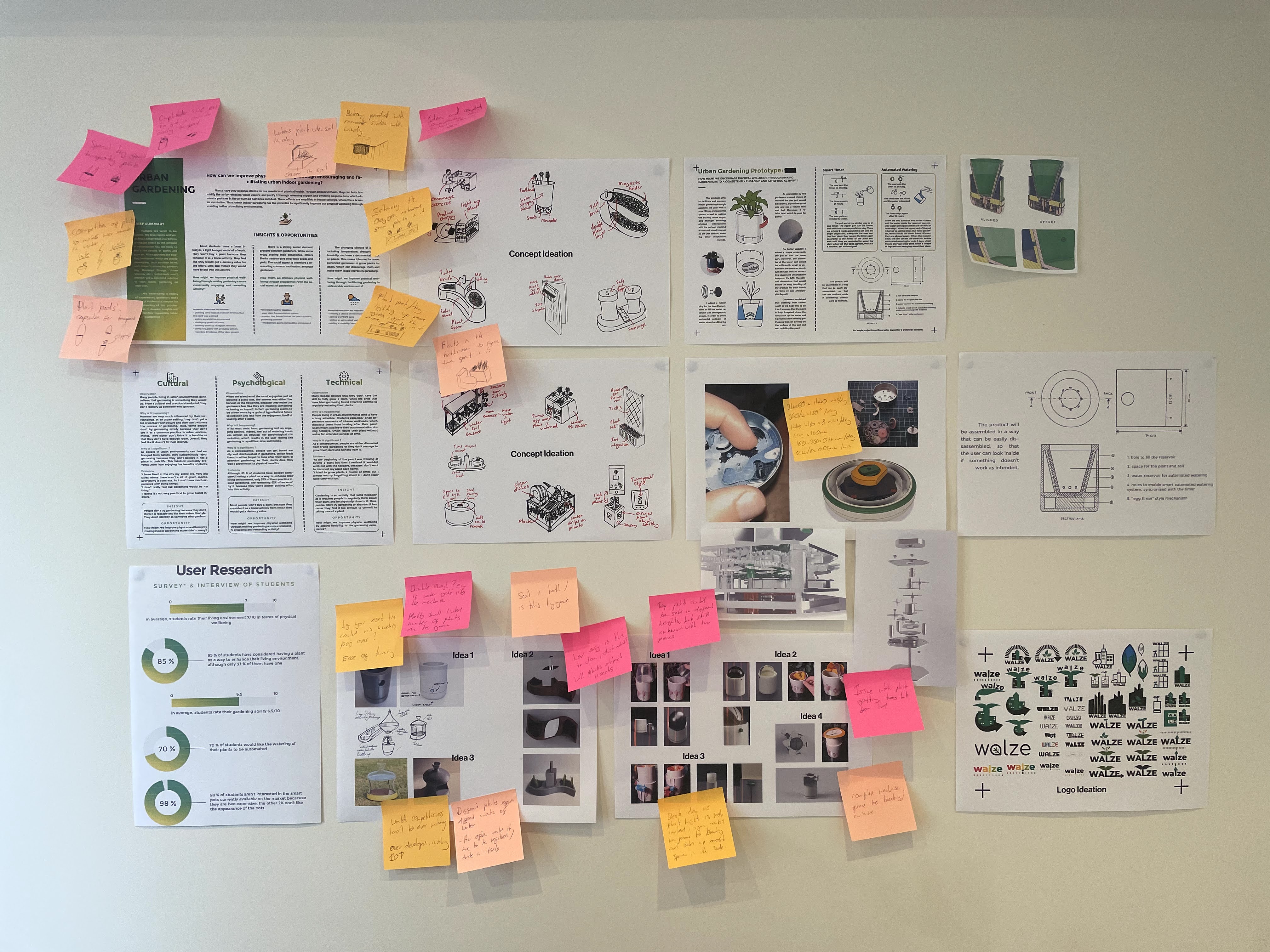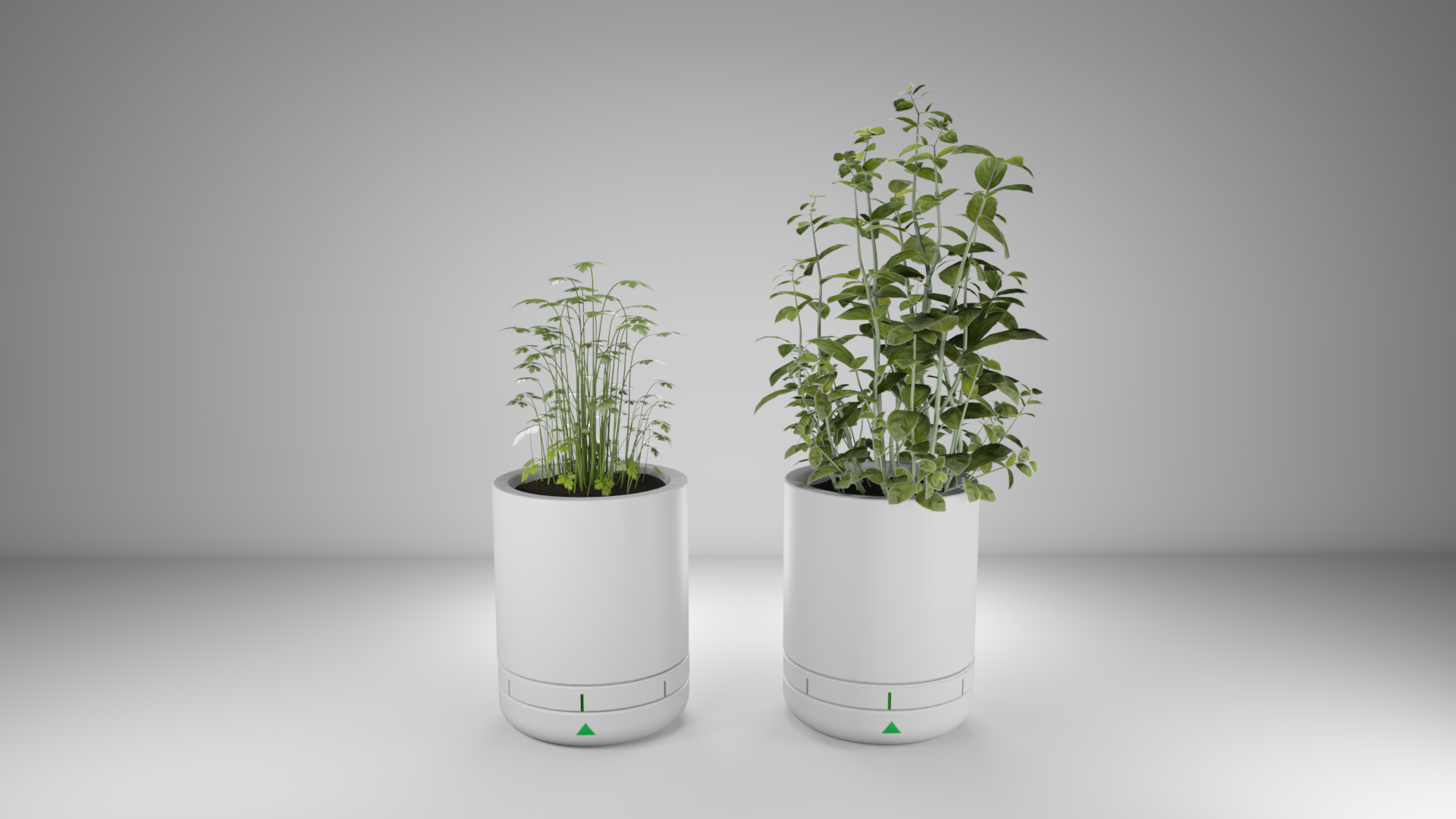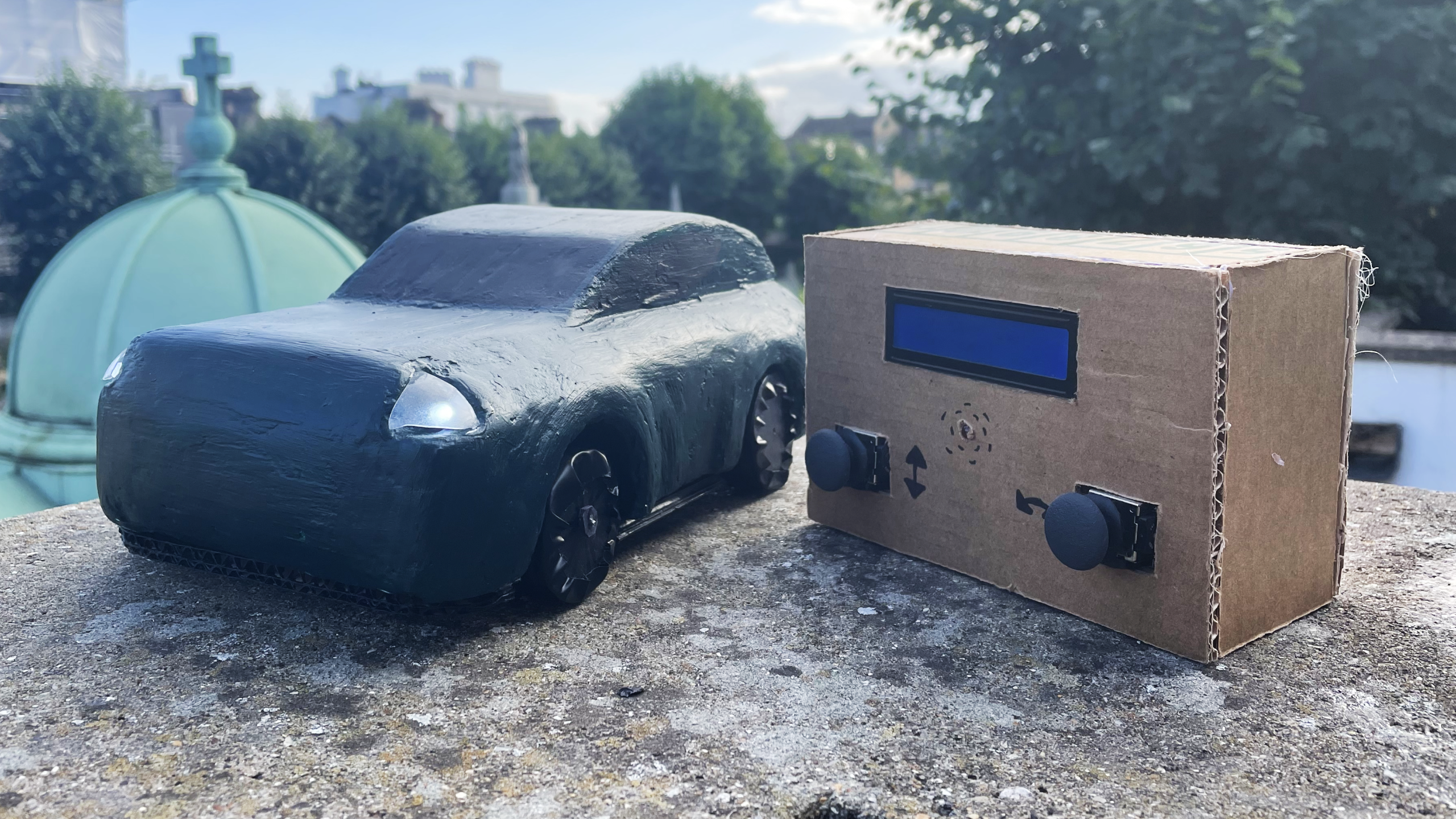Using Nature to Improve Wellbeing
Focusing on the pressing physical well-being challenges in urban environments, we delved into issues prevalent among urban dwellers. With a significant portion of the UK populace residing in urban areas, we identified common adversities such as high-fat diets, sedentary lifestyles, and elevated levels of stress and environmental pollutants. Notably, these issues disproportionately affected the younger demographic. Hence, we narrowed our target audience to young urbanites, recognizing their receptiveness to solutions promoting physical well-being.
Existing initiatives for improving physical well-being in urban environments often focus on utilizing plant life and nature. Recognizing this opportunity, our team decided to delve into the potential of leveraging plant life to enhance physical well-being in urban settings. Notable examples include urban gardening projects across the United States, such as Urban Organics in Minnesota and Brooklyn Grange in New York, which repurpose spaces for farming fresh produce. Closer to home, initiatives like Urban Growth in London specialize in integrating more plant life into businesses and training staff to maintain them, offering customers the benefits of greenery. These initiatives align with the known benefits of plants, including humidifying and purifying the air, emitting negative ions to eliminate pollutants, and contributing to mental health improvement. This underscores the potential for plant-centric solutions to address urban health challenges.
User Research Insights
The research delved into the experiences and perspectives of individuals regarding indoor gardening, particularly in urban settings. Participants voiced challenges such as remembering to water plants consistently, dealing with limited space and environmental factors like sunlight exposure and temperature control. Concerns about drainage and the aesthetics of plant containers were also raised, highlighting the intricacies of indoor gardening.
Key survey findings among students revealed a strong desire to enhance their living environments with plants, with 85% considering plant ownership, though only 37% currently had plants. Notably, 70% expressed interest in automated watering systems, suggesting a demand for convenient solutions. Interestingly, despite this interest, 98% of students were uninterested in existing smart pot options, citing either high cost or unattractive design as deterrents.
 Figure 1. Research board
Figure 1. Research board
User interviews revealed three key themes regarding gardening: culturally, people perceive it as incompatible with urban lifestyles and don't identify as gardeners; psychologically, many see it as trivial and lacking personal value; technically, gardening is perceived as inflexible and demanding regular commitment. These insights present opportunities to improve physical wellbeing: by making indoor gardening accessible, enhancing engagement and reward in gardening activities, and introducing flexibility into the gardening experience. Addressing these themes can potentially broaden the appeal of gardening and promote better physical health outcomes.
 Figure 2. Render of the final product
Figure 2. Render of the final product



